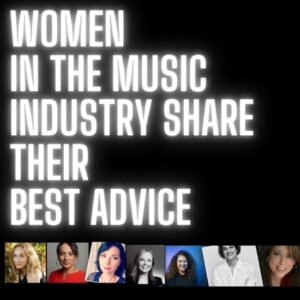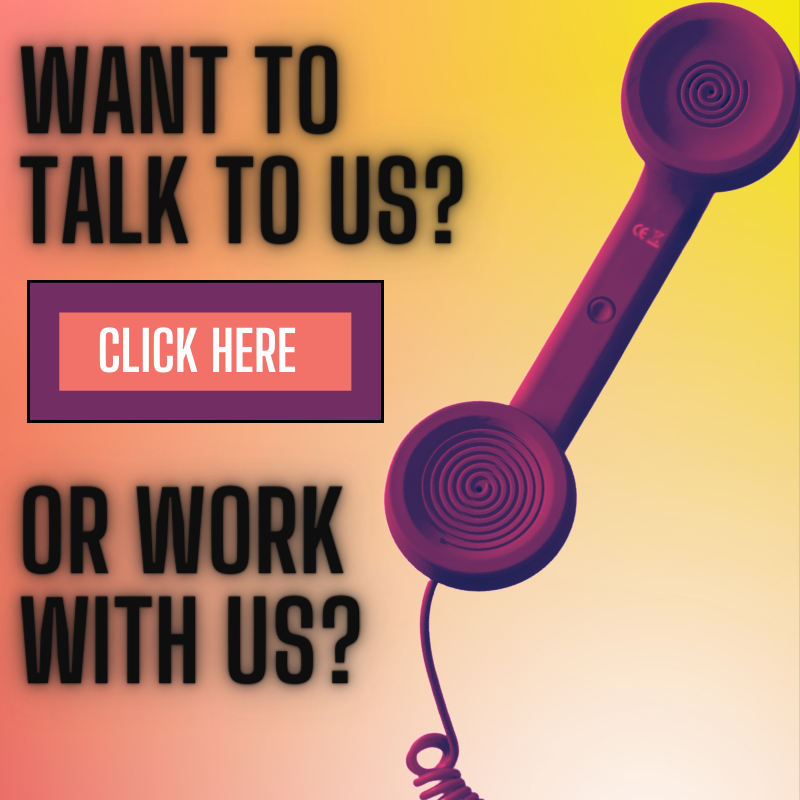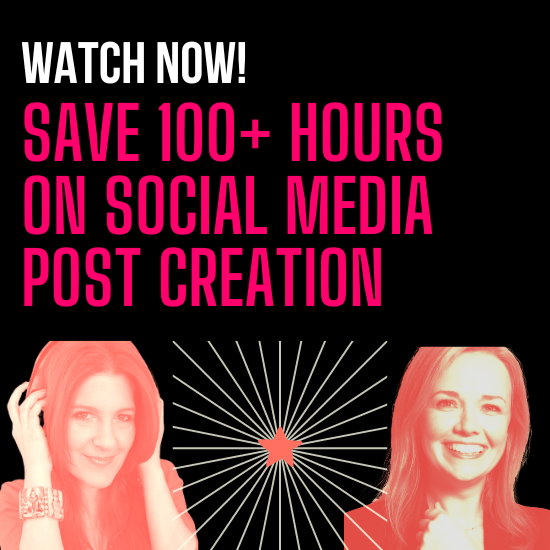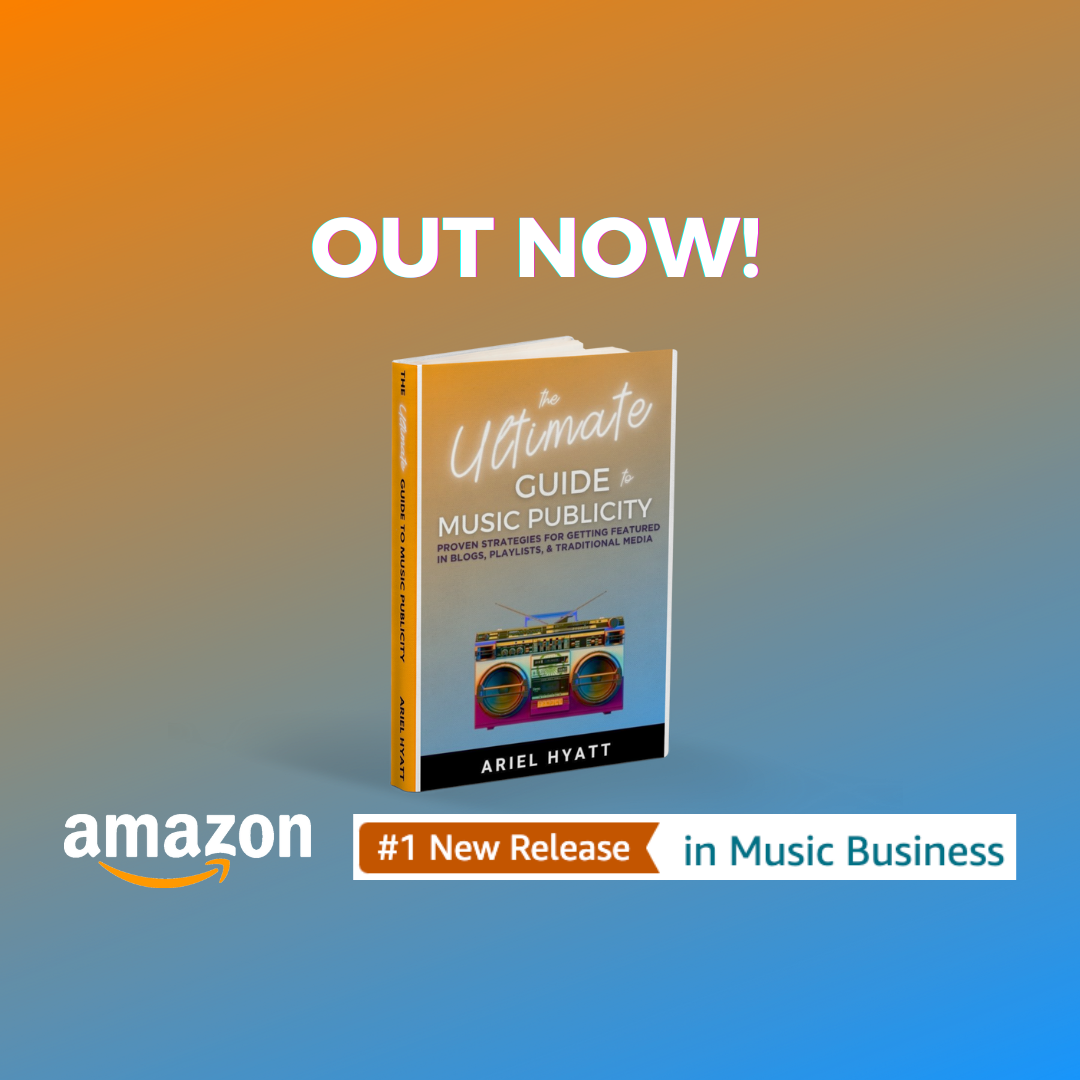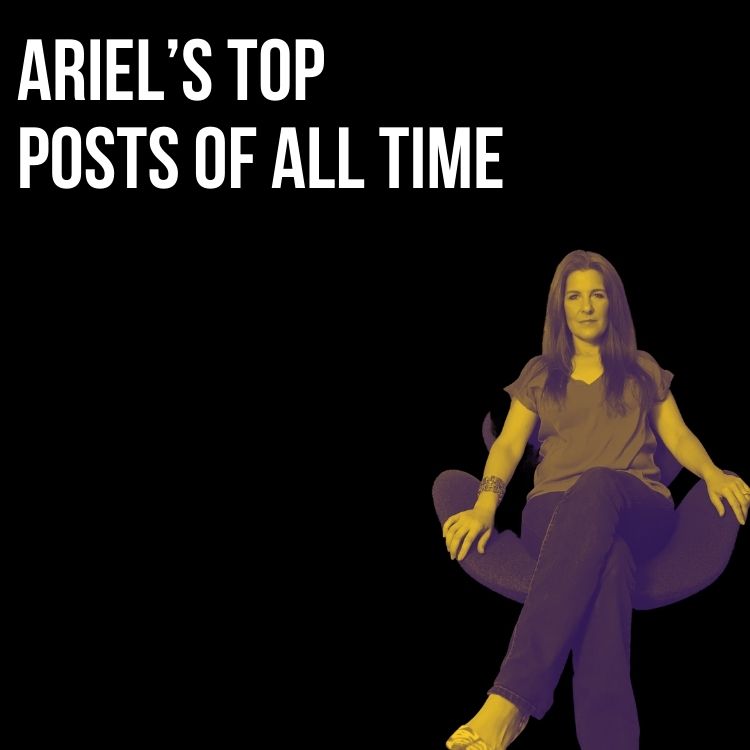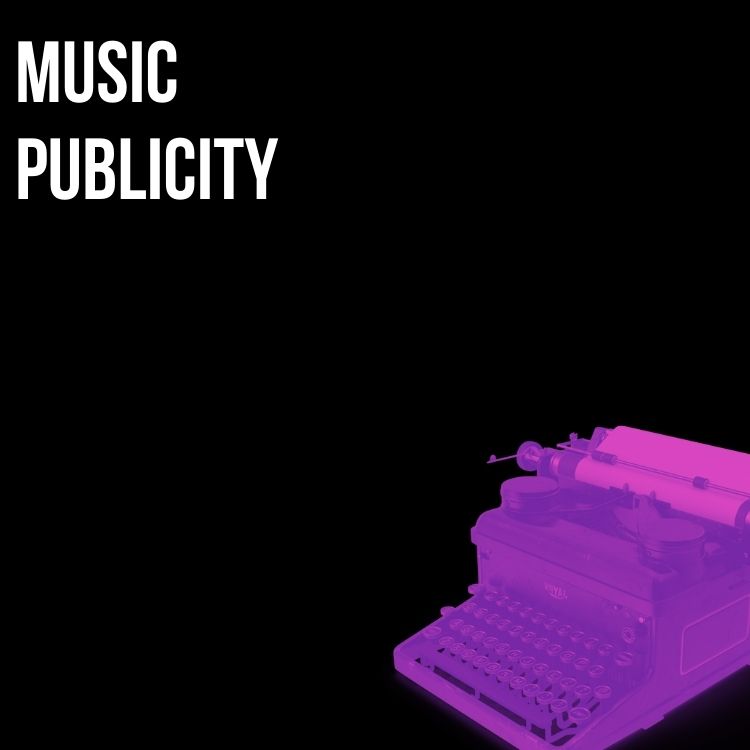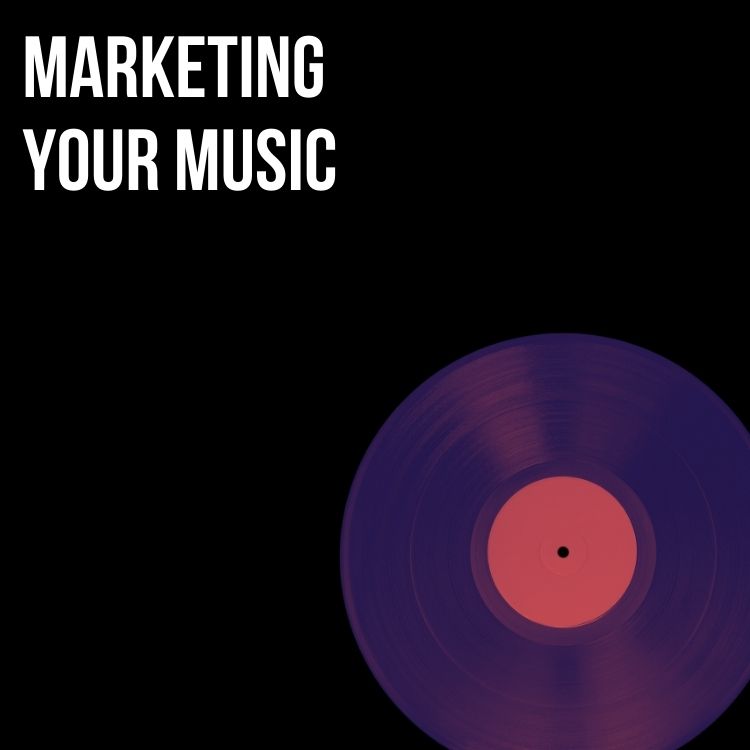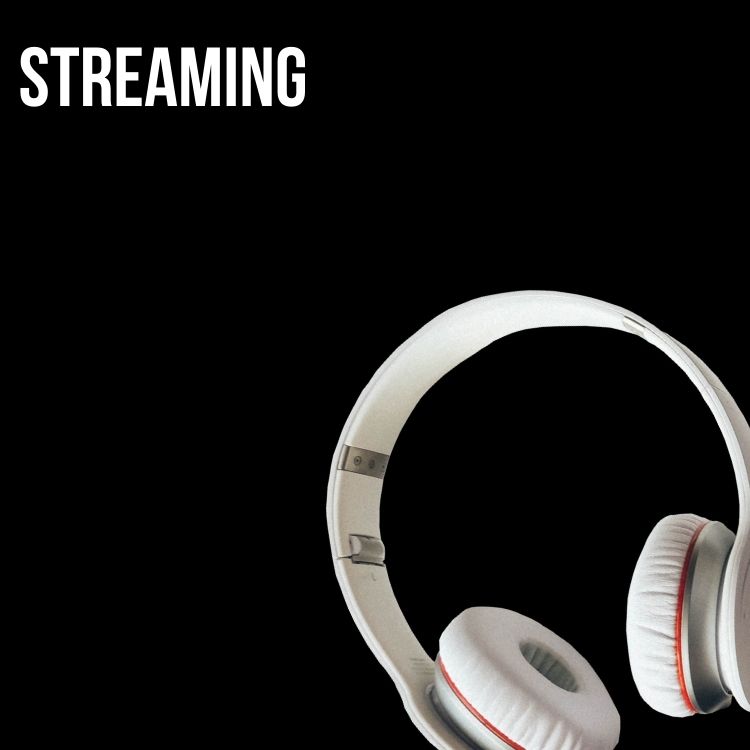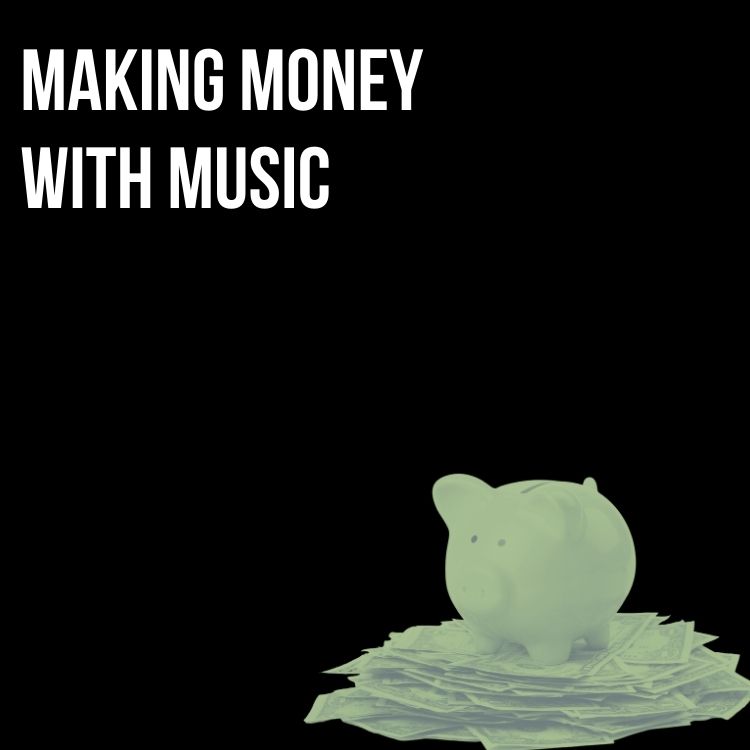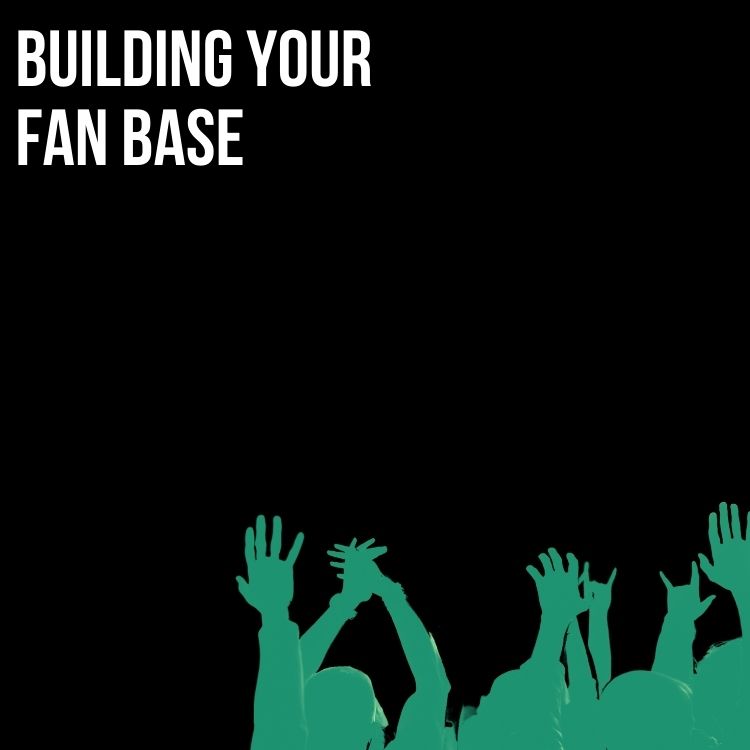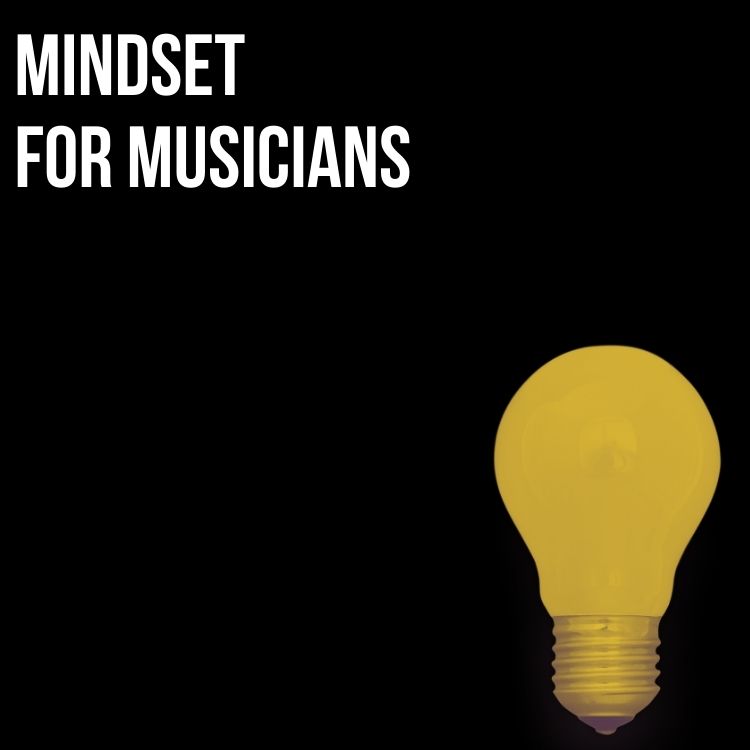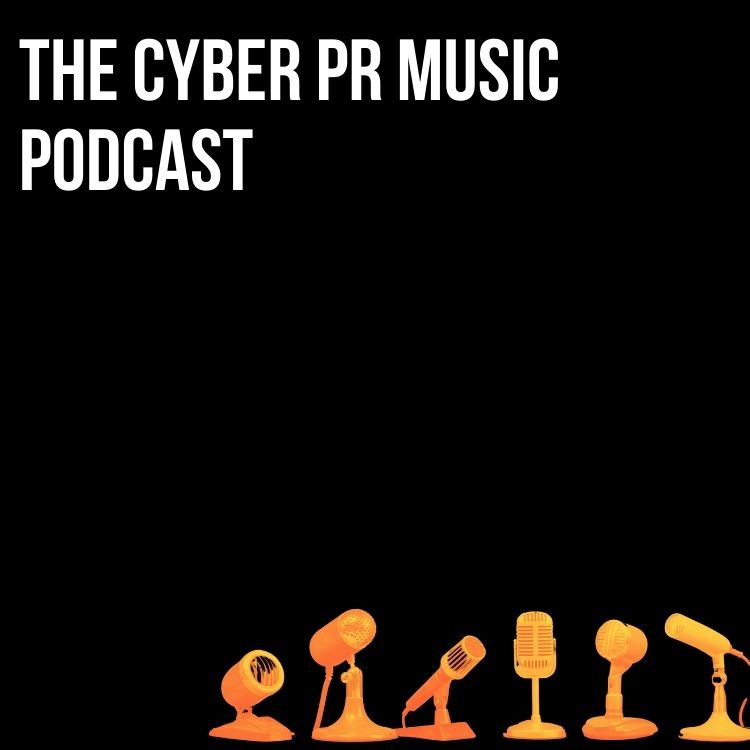
These Musician Marketing Plan posts are the most popular series at Cyber PR Music.
In this ever-changing landscape, we consistently see the same issue: A surprisingly vast majority of musicians don’t create long-term marketing plans. Artists skip this vital part of their music careers. Plans used to be the responsibility of the record label when artist development was a thing or a great management team, but very few artists are lucky enough to have either (or, in many cases, they don’t want a label). This leaves a void in today’s music business.
To make things worse, the pressure of consistently releasing music, keeping up with social media, Spotify, emails, and booking, plus learning new technology and platforms keep artists busier than ever. These never-ending tasks battle long-term perspectives and can hijack your goals. Plus, add a global pandemic to the mix, and there’s no mystery as to why many artists feel like they are spinning instead of planning.
Take a look at the Part 1 VENN diagram, which visualizes The Musician Marketing Plans (Total Tuneups) that we create for our clients. For each part, I have highlighted the sections we are covering in red so you can see how all of the parts work together. Articles to help you dive deeper into any desired area will be in orange, and black links will take you off-site to the resources mentioned.
Today, agencies that are available for indie artists to hire tackle only their tiny part and “silo” their tasks without keeping a whole team and broader picture in mind. They handle only their responsibilities. This, sadly, has a lot to do with how the artists approach releases. Once the music is finished a deep sense of urgency rushes in, screaming – “release release!”
You work so hard on new music, dedicating hours to practicing and writing songs, not to mention spending large sums of money recording, mixing, mastering, creating visuals, and creating album artwork, only to rush the release with no marketing plan in place.
Here are the basic components of our Total Tuneups / long-term Marketing Plans to show you the key elements you need to consider before you get too far ahead of yourself. Even if your release is not new, it’s important to take a step back and re-evaluate your marketing plan.
Goals Come First
Before you get too deep into your marketing, be sure you have outlined your goals. I suggest choosing three small and three larger goals you’d like to accomplish in the next 3 months (for the smaller goals) and 12 months (for the larger ones).
Be reasonable. Setting a goal of 1 million streams may not be a great goal if you currently have 117 streams. This is all about building. Listen to my podcast about setting goals you are more likely to achieve here.
Next Comes Legal
Make sure you have taken care of the legal. This means handling your copyrights and trademarks, registering each song with a PRO, and having agreements with any and all musicians who played on your records. This needs to be in all marketing plans.
There are 15 elements to keep in mind when creating marketing plans
Here Are The First Five:
- Distribution
- Website & Brand
- Social Media
- DSP’s (Digital Service Providers)
- Email List / Newsletter

These 5 areas should be buttoned up before any announcements about new music coming out. To see these in more detail, download the companion Musician’s Marketing Plan Checksheet designed to help you go deeper. (if you already released music, don’t worry! Backtracking is OK) and for the future… now you know
1. Music Distribution
Digital distribution moves a lot faster than it used to, but you should still choose the right distributor. I recommend CD Baby & Distrokid because they have a great artist support. However, there are others, such as Symphonic, and Tunecore.
Distributors don’t cover everything, and you must also be aware of additional distribution outlets for increased reach, including SoundCloud, Bandcamp, and Pandora (I’ll get to those in a moment).
You should give yourself a minimum of 4-6 weeks to get your music to Apple Music, Spotify, Amazon Music, and all of the other digital service providers (DSPs). This window should also allow you to submit your music to Spotify’s curators.
Friday is the official release day for music so choose a FRIDAY – even if the release party is on a Saturday or if your astrologer says the best date is a Monday – you will look like a noob if you release on any other day!
TIP: If you are ordering physical copies of your music, ensure you give yourself plenty of time, especially if you are considering vinyl. And if you are running a pre-sale or having a release party and you want to offer physical products at the show.
2. Band/Artist Website & Brand
It’s very important to build a complete and professional-looking online presence into your marketing plan. This starts with your website. You need a modern, functional site that you can update yourself.
Your website should have sections where fans can easily get to your music, read all about you, and keep up with your latest happenings. It should also feature an EPK and an email sign-up that offers an incentive. Here’s a detailed guide to help you with the architecture and sections of your website.
Please remember that Artist Branding is the starting point and should be well thought out. A brand can feel like an abstract concept and it may be challenging to know if you’re heading in the right direction. Your brand starts with your bio/signature story (which we will talk about more in Part 2 of this series) and it also incorporates colors, style of copywriting, and fonts. Photos and visuals must be in alignment with your brand, and make sure to carry this brand across all of your social media. Use your current single artwork with text to promote the release date, new music videos, and tour announcements. We use Canva for banners, graphics, social posts, and social skin creation.
3. Social Media
Time and energy need to be spent building a strong online presence to be taken seriously as an artist for when the time comes to start actively promoting. Many artists don’t know the basics and try to skip steps by hiring shady companies to build audiences swiftly.
This might not be the best idea. Fake followers will hurt your promotional efforts in the long run. A solid social strategy must focus on themes and narrative, and you must plan consistent content that is constantly fan-nurturing.
Keep in mind that music bloggers and fans will visit your socials to see what kind of a following you have and they will want to catch a vibe. Stale, overly promotional, or boring profiles will not help your chances of engaging. Your content calendar is a crucial component of your social media success. Don’t leave it up to chance. Download our Social Media Organizer above to help you properly schedule and plan your posts.
TikTok
Everyone is talking about TikTok, so we will too – the name of the game here is consistency (and having wit, killer moves, fantastic guitar riffs, an arresting voice, SOMETHING that captures people fast – also is key!) We suggest posting at the same time at least 1X a day for a few weeks to see how your audience responds and begin to adjust as you see trends that work for you. Add a short, catchy caption that grabs attention and 4 hashtags – 3 that match your content and one that is trending. To find out what is trending, search Twitter’s trending hashtags and see if any apply to your music and posts. Try one that fits.
Of course, using sounds that are trending is also smart. Here is our essential TikTok guide if you want a deeper dive. And if you are wondering if TikTok is just for kids – Here’s an article we wrote featuring TikTok sensations who are over 40.
The most popular visual social platform has experienced a meteoric rise. The best way to get great at Instagram is to use it and emulating people who already know how to use it well. Nowadays, your best bet is to post REELS. Short-form videos are where most people are focusing their attention (hello, TikTok).
When you post, use 3-5 hashtags, as this is how posts are found and distributed across the platform. Make sure to use a mix of popular and lesser-used hashtags. You should also create your own “owned” hashtags, e.g., #CyberPRMusic.
I caution you to be selective about what you cross-post to social media. You want to tell a separate story on each social channel to get people to join you and avoid getting fatigued by the same posts across channels.
Also, post more Stories than posts as they drive more views. We have created two guides to help you dive deeper: The Musician’s Guide to Instagram & Advanced Instagram Tips for Musicians.
You should also utilize Threads, Instagram’s answer to Twitter, now X. It’s Instagram’s more conversational and community-based extension, allowing you to interact more with your fans and potential fans.
Pay-to-play is the reality on Facebook for a Page to get any real exposure. We suggest you build an ad budget into your marketing plans from time to time but have goals in place before you do, and you should have a complete Page that is active with frequent posts. Make sure your Page has an attractive cover banner (as discussed above), and install apps that work as promotional tools for you and your music. We suggest a store from Bandcamp, a Tunecore or CD Baby Tab, and a mailing list signup form from MailChimp.
The smartest person in the Facebook music ads promotion space, and we recommend following him, is Andrew Southworth. He’s a musician and a genius for getting Facebook ads to work for you. He has many free videos on YouTube, and you can also purchase his course, which will walk you through the system he uses to generate millions of streams for his music.
YouTube
YouTube is the first place where millions of people go to search for music. It is a powerful platform where artists are getting discovered. For any artist looking to increase awareness, it is imperative to have a presence on YouTube with a professional-looking channel, and a cover image that is linked to your socials so people can connect with you across platforms.
Make categories to group your videos for easy viewing, such as “Behind The Scenes,” “Official Music Videos,” and “Live Performances.” Also, highlight an official music video in the featured spot on your channel (you will need 100 subscribers to customize your channel plus your channel needs to be 30 days old and you will have to upload a channel banner and a profile image)
We often see musicians leaving off their artist name in the title of their videos, which is terrible for search engines. Create a list of tags. Make sure to include keywords and place important keywords/ phrases at the start of your tag fields. Use adjectives that describe your music and similar artists also as keywords, the latter of which will show up in the “related videos section” after your videos are viewed. We often see description sections left blank. This is crucial because it tells the viewer what they are watching and provides links to other content you own, such as your website and socials. Here’s our official Musician’s Guide to YouTube.
4. Digital Service Provider – DSPs
Digital Service Provider, or DSP, is another term for music streaming services, which can also mean music stores. You can not build effective marketing plans without having a working knowledge of DSPs, and of course, that includes how to drive your fans and followers to Spotify and get included on playlists. There are over 70 DSPs.
Spotify
Once your distributor of choice releases your new songs on Spotify, you are able to claim your Spotify profile with Spotify for Artists. This allows you to review listener analytics, check for new playlist additions, add an “Artist Pick,” make playlists and keep your photo and bio up to date.
You must understand the basics of Spotify and know how it can help you. They have created a great series of videos to guide you through. The most important thing you must know is how to submit your tracks directly to their playlist curators to be considered for inclusion on official Spotify playlists.
Utilize Canvas. Spotify Canvas is the 6-—to 8-second moving graphics or video clips that appear in the background of a song on the Spotify mobile app while fans are listening to that track. It is yet another way to add visual creativity to your release. The best part? You can add them to old releases, too.
Apple Music
If your fanbase uses Apple Music, we strongly suggest considering an Apple Pre-Order Campaign. You can now view a quick snapshot of your music’s overall performance, identify milestones and all-time bests at a glance, expand your understanding with details of trends over time, discover which of your songs are getting Shazamed (Apple owns Shazam) the most, and see how many people are listening to your music over time in over 100 countries.
Bandsintown has partnership with Shazam. Now, by simply Shazaming your song, fans can find concert information and tickets on sale for future gigs nearby. So be sure to claim and update your Bandsintown Profile.
If you already have content that is available on the iTunes Store or on the Apple Music streaming service, it’s super easy to claim your Artist Profile. Visit iTunes Connect to get started. All you need is the same Apple ID (email address) that you use to purchase music and download apps from the iTunes Store. Sign up for Apple Music For Artists here.
Amazon
It’s a big one; you should ensure your Amazon profile is in your control. Claim it here. and that you have reviews of your music posted on this platform, as it helps with the search. More and more people are using Alexa to stream music and you should be sure you are verbally findable so check your Alexa or a friend to see if you are verbally discoverable!
SoundCloud
SoundCloud is the go-to platform if you plan to do publicity, as this is the leading platform music bloggers and many podcasters use to accept tracks for consideration and embeds. SoundCloud is the primary link you must provide if you are considering using SubmitHub as part of your marketing plan.
SoundCloud also allows you to create private links for your music before it is released or select tracks to send to industry folks or anyone you wish to share a preview with. And of course, SoundCloud also has a robust community of music fans and other creators so it’s a great place to connect and give and receive feedback.
Many artists have not taken the time to optimize their profiles properly. Add your header, descriptive bio, links to socials, albums, and singles, and the artwork for each track. It’s also a nice touch to put notes about each song, such as what inspired you to create it or what the meaning of each track is, etc. Optimize your tracks by including lyrics. If you don’t know how to do this, we have an extensive three-part post that will walk you through it all.
Bandcamp
Bandcamp is hands-down the most artist-friendly platform for sharing music. Over the years, Bandcamp has helped our clients reach thousands of new fans, not to mention earn additional revenue through digital sales and physical merch, band t-shirts, vinyl and more.Bandcamp is a marketplace and community of millions of music fans discovering and supporting thousands of independent artists. While Bandcamp makes it so easy for a fan to discover new music, there are a few things artists need to do to ensure their music gets in front of the right people.
Discovery features like fan accounts, the music feed, and artist recommendations introduce your music to new fans and can potentially drive sales. Bandcamp also has email collection capabilities and a subscription service (like Patreon) so you can grow your email list and make money. Plus many artists have success showcasing their past releases and selling them as bundles as a great revenue stream.
Pandora
Pandora has over 55 million active users, and an artist marketing platform called AMP, an artist marketing platform, has been built-in. AMP allows you to record 15-second messages and attach them to any of your tracks plus you can target specific regions and build stories to share. It also pays you royalties (through Sound Exchange so make sure you are signed up with them).
Artist Audio Messages (AAM) allow you to speak directly to your fans while they listen to your music. You can also share these audio messages on your social media to increase your reach on Pandora by leading your fans to the platform and encouraging them to create stations featuring you!
You can read all about Pandora’s AMP playbook of their tips for how to create effective AAMs here.
Note: Most digital distributors say that your music will be sent to Pandora, but in our experience, you still have to send it to them using their independent artist submissions portal.
5. E-Mail Lists
Your email and your ability to nurture your list is the most important part of musicians’ marketing plans and release strategies that you will want to skip – DON’T.
Social media is vital to attracting your crowd and building engagement and is an important part of marketing plans. That said, email is still the most critical asset you will create to generate revenue. You make relationships with fans on socials, but you turn those relationships into customers with email. According to the Direct Marketing Association, email marketing produced an ROI (return on investment) of 4,300% — or $43 for every $1 spent.
But it is not just about writing an effective newsletter and contacting your mailing list at LEAST once a month. You also need to understand the concept of email nurture sequences. This means creating 3 or 4-part emails that take fans on a journey, tell them a story, and bring them closer to you. This will take some doing. It would be best if you created a few. These include:
Welcome—These are the first communications that a new subscriber will receive, thanking them for joining my list. Here is a little about me (and maybe even give away a few great tracks or exclusive videos). The welcome series will be the most opened emails that you send, so take your time to create a killer series.
After that, move on to create your Nurture Series. These emails take your readers on a storytelling journey – you can talk about your history, tell compelling stories about certain songs, or recount something that has happened in your life.
The Monetization Series is designed to sell an individual merch product that you have created or a series that will get your fans to subscribe to your Patreon or donate to your crowdfunding campaign.
Spend money on a mailing list service provider that can help you design a rich-looking email and provide analytics and tracking capabilities so you can measure the effectiveness of your newsletters and make adjustments where needed. A premier solution that many of our clients enjoy working with is MailChimp (and if you have fewer than 500 emails you won’t have to pay – it’s free!)
Now that you know how to build a solid online foundation and the beginning of an online community, it’s time to dive into your marketing plan and do it! Do not cut corners here. Having a true base will put you in a much better position when you prepare for your next five steps. These will show you how to start calendaring for your release. This is the topic for PART 2 of this three-part series.
Want more help creating a marketing plan for your music? Schedule a call with us today to discuss it.

Subscribe for more!
Back to The Blog












